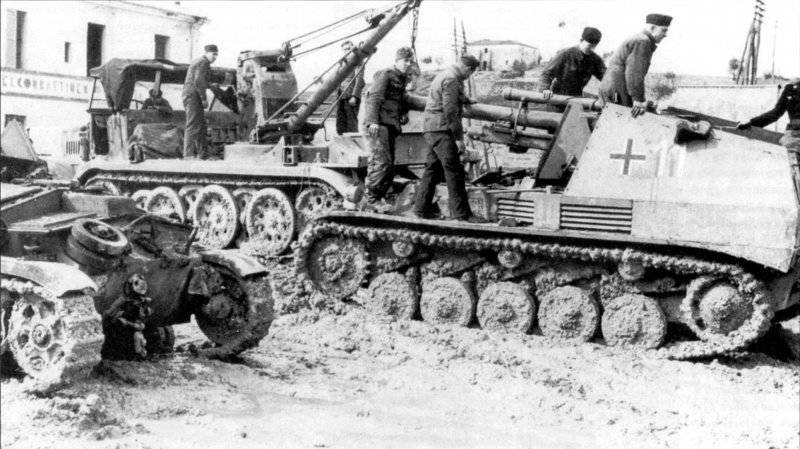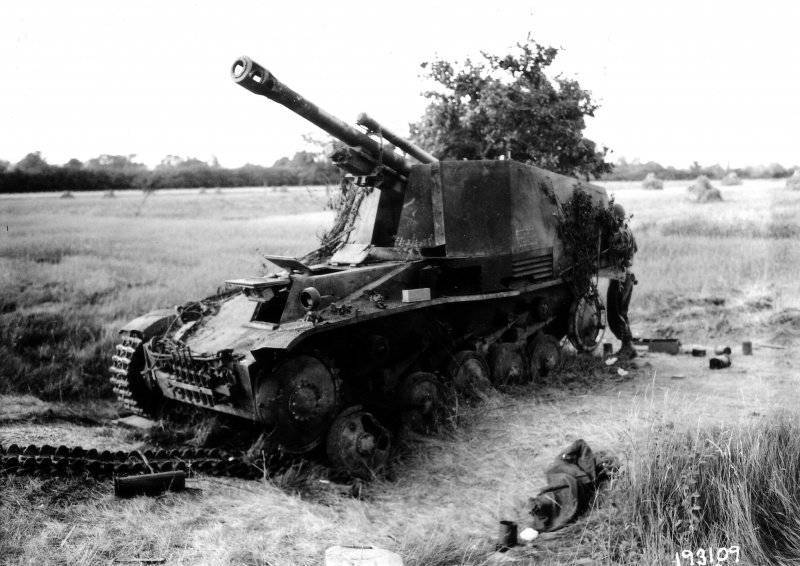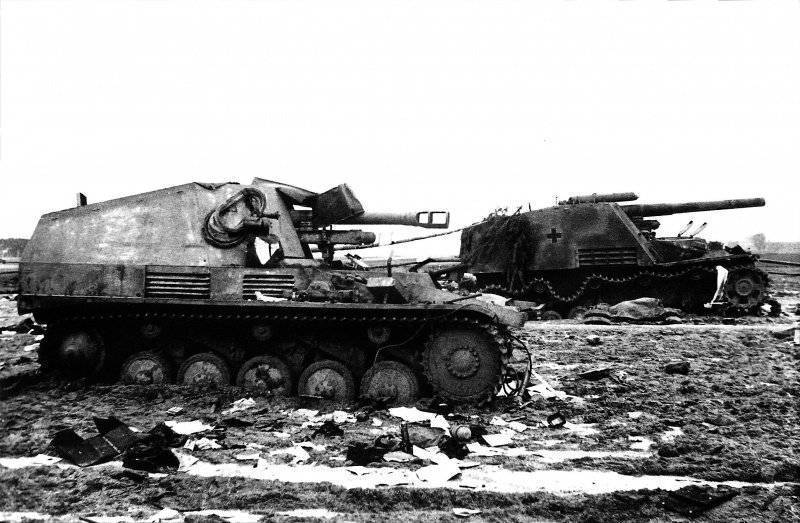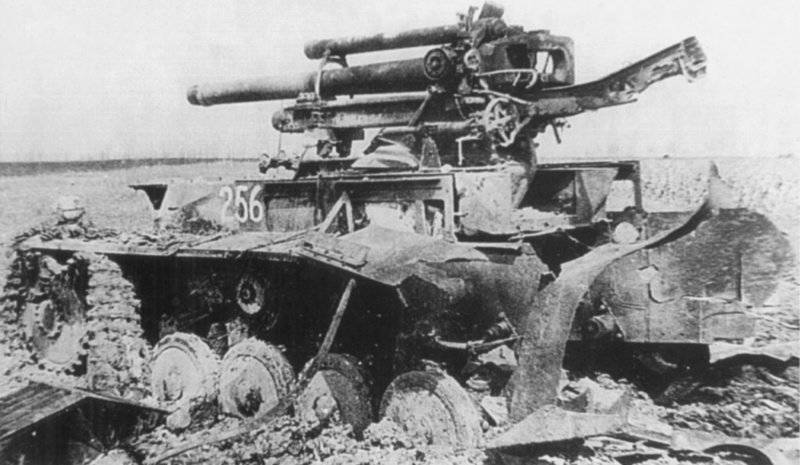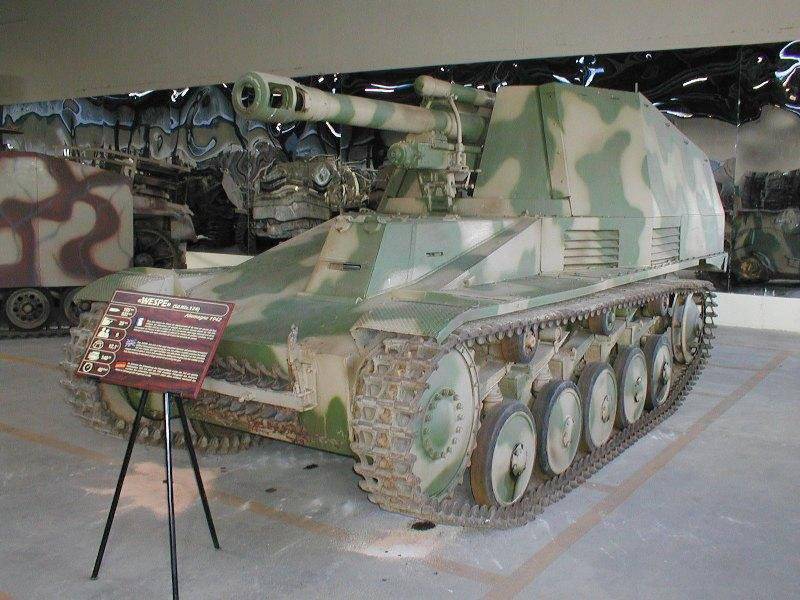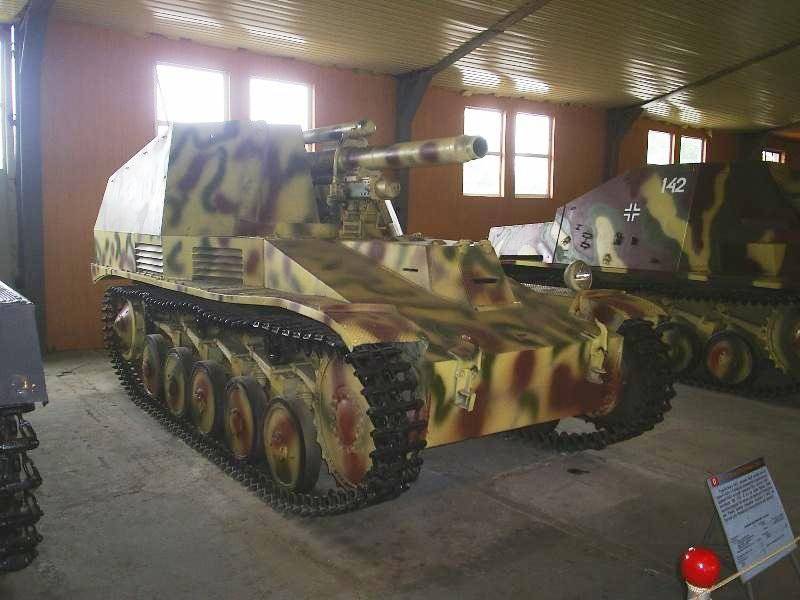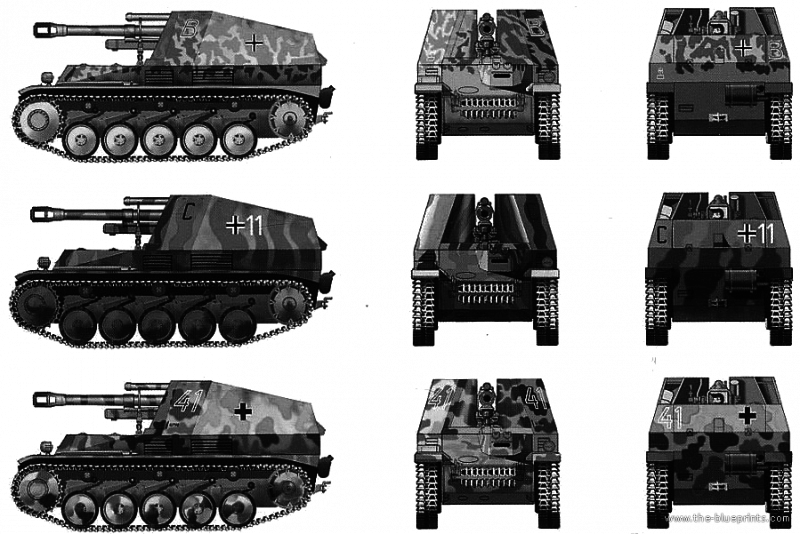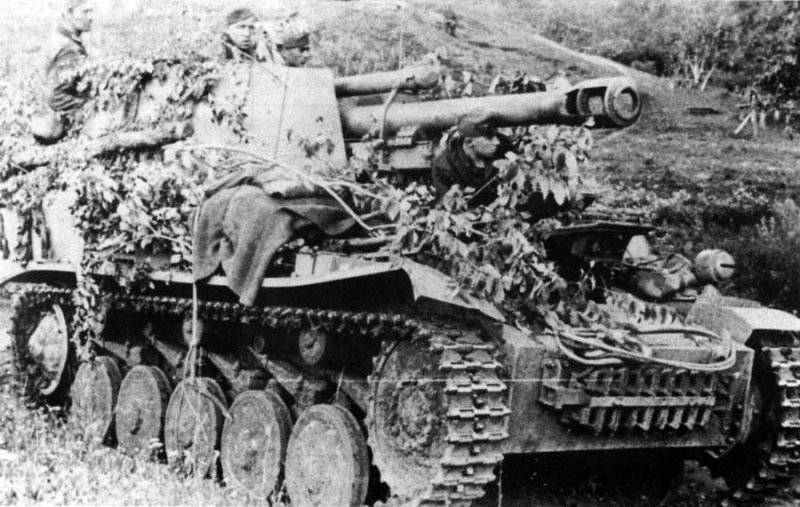Panzer II was removed from the existing units and transferred to service and rear units in early 1942. This step made it possible to use the chassis of this machine to create self-propelled guns Marder II and Wespe. The latter was developed by Alkett in the middle of 1942, and it was the prototype of this company that was put into serial production. At the same time, prototypes based on tanks Panzer III and Panzer IV, developed by other companies, were not accepted. Wespe (Wasp) was armed with a 105 mm light field howitzer and was mounted on a modified Panzerkampfwagen II Ausf F. chassis.
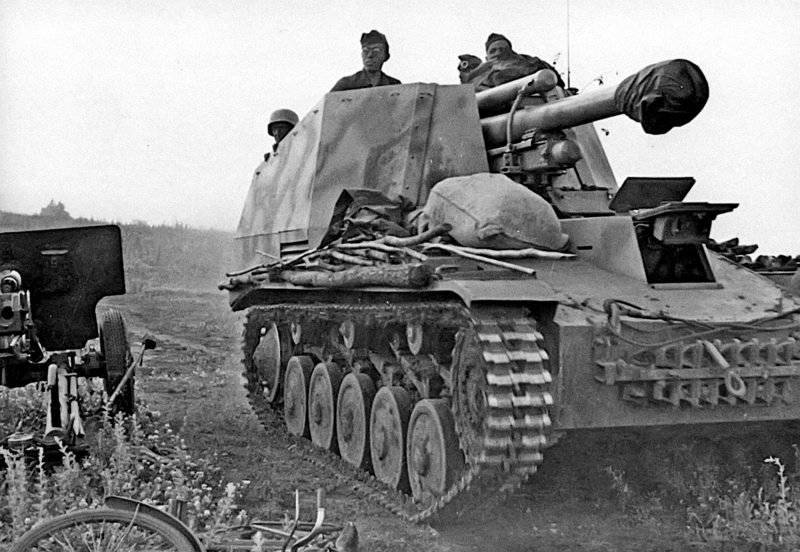
According to the creators, this car was supposed to give assault and fire support to infantry troops. First of all, Wespe was intended to complete art. batteries of tank divisions – Panzerartillerie, each of which had 6 SAU Wespe and 2 Munitionsschlepper Wespe (tractors for the transport of ammunition). Wespe participated in battles on all fronts, being part of each tank division in the period from 1943 to 1945.
The body of the Panzer II is slightly lengthened, the engine is moved forward, the reinforced suspension had to withstand the force of the recoil. The howitzer was installed inside the armored hull, which had no roof. The cabin was protected by the crew. Also around the cab was installed 32 projectile in a circle. The gun could rotate horizontally in both directions by 17 degrees. Howitzer 105mm leFH 18 had the opportunity to fire armor-piercing, cumulative and high-explosive shells. The maximum firing range was 8,4 thousand. M. Inside the machine was placed 7,92-mm MG34 machine gun and was used as needed. During the production of Wespe driver’s seat changed somewhat. Thus, two variants of the car appeared. For the early model, the standard Panzer II Ausf chassis was used. F, later models – on the same chassis, extended by 220 millimeters. For the timely delivery of ammunition to the position of Wespe, developed an unarmed tractor Munitions Sf auf Fgst PzKpfw II, capable of transporting 90 shells at a time. The crew of the car consisted of three people. A total of 159 such tractors were produced. If necessary, howitzers were re-installed on the tractors.
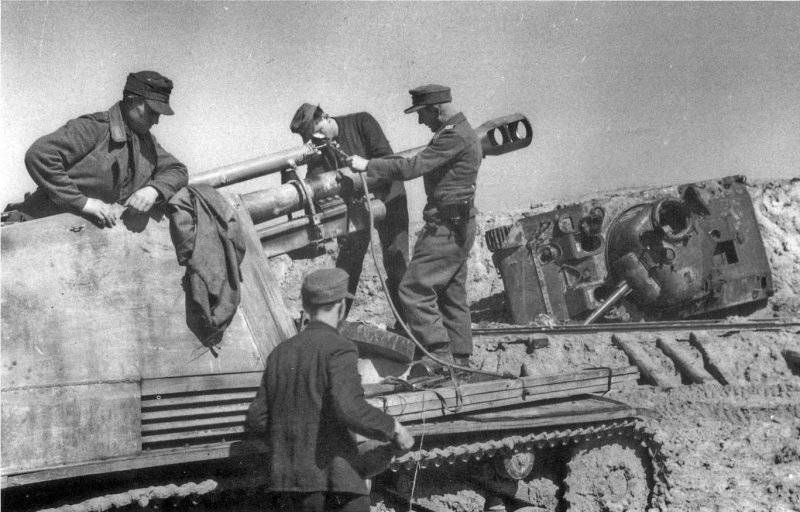
Wespe was developed by the designers of Alkett, and the production was carried out by the companies Vereinigte Maschinenwerke (Warsaw) and Famo (Breslau). The initial order included 1000 machines, but by the end of 1943, the order was reduced to 835 machines, including ammunition carriers. From February 1943 to August 1944 produced 676 ACS Wespe and 159 Munitions Sf auf Fgst PzKpfw II. For the first time, Wespe ACS was used in July on the 1943 on the Kursk Bulge, where it proved to be an effective weapon and subsequently used until the end of hostilities. By March 1945, the 307 Wespe remained in service.
Performance characteristics of the Wespe self-propelled unit:
Weight – 11 thousand kg
Engine – 6-cylinder Maybach HL 62 TRM, 140l.s power;
Length – 4,81 m;
Width – 2,28 m;
Height – 2,30 m;
Armor – 5-30 mm;
Armament:
early versions – 105 millimeter leFH 18 / 2 L / 26 and 7,92 millimeter MG34 machine gun,
later versions – 105 millimeter leFH 18 / 2 L / 28 and 7,92 millimeter MG34 machine gun;
Ammunition – 32 shot;
Speed - 40 km / h;
Cruising on the road – 220 km;
Crew – 5 man.
